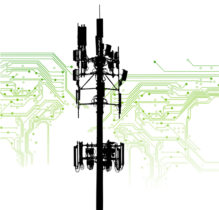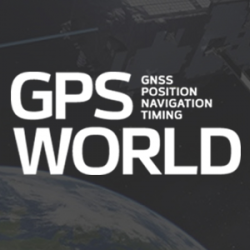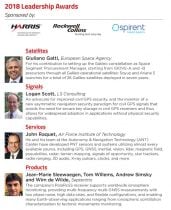
GPS and PNT experts react to Ligado decision
April 22, 2020
Leaders in the GNSS/PNT community are reacting to the Federal Communications Commission (FCC) decision to approve an order to […]
Read More

Leaders in the GNSS/PNT community are reacting to the Federal Communications Commission (FCC) decision to approve an order to […]

L1C Signal Could Be Watermarked as Countermeasure The U.S. Air Force will load a new signal feature, designed […]

Logan Scott, principal at LS Consulting, is the inventor of an asymmetric navigation security paradigm for civil GPS […]

Logan Scott of LS Consulting received the 2018 Signals Award. Joe Rolli from Harris Corporation was on hand […]

At the GPS World Leadership Dinner and Awards Ceremony in Miami on Sept. 27, 120 VIPs from the […]

Four innovators in the fields of satellites, signals, services and products accepted Leadership Awards for 2018 from this […]

The GNSS interference session this year at the ION-GNSS conference in Nashville was one of the most crowded, confirming the need of all sectors of the community to understand the threats in GNSS and how they can be mitigated. In that context I received one of the most challenging questions of my career: “Can we predict the future of GNSS security?” What is the status of civil and commercial GNSS security today? Which are the threats and risks and how they are mitigated? Where are we going and what shall we expect from the future?

‘We have virtually no defense against the cyberattacks that are targeting us now, and will be in the future.” Richard Clarke served three U.S. presidents as counterterrorism czar. He wrote a fascinating — and terrorizing — article in the April issue of Smithsonian magazine, from which comes that quote. I posted it on my LinkedIn page and asked for input for this editorial.
Follow Us